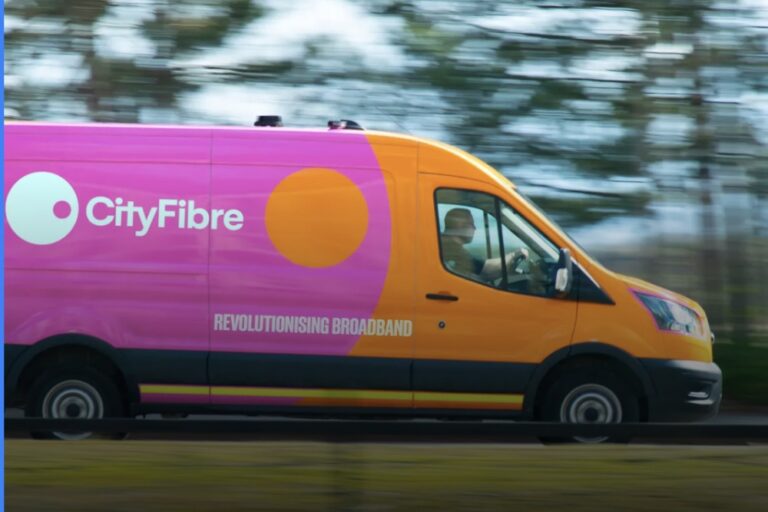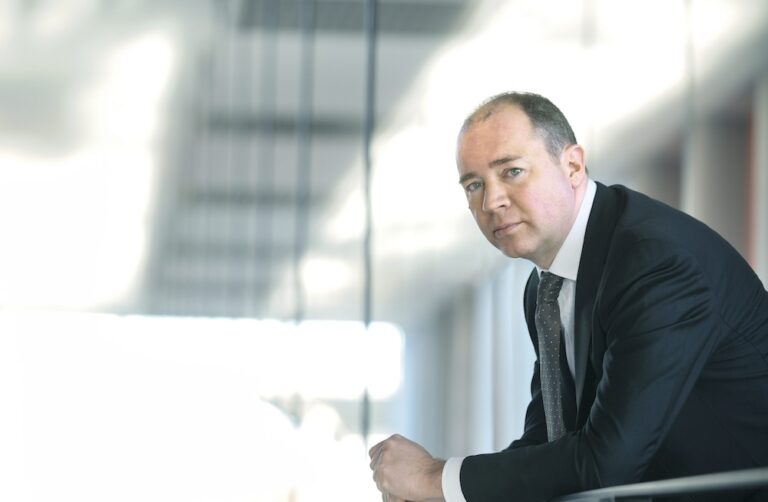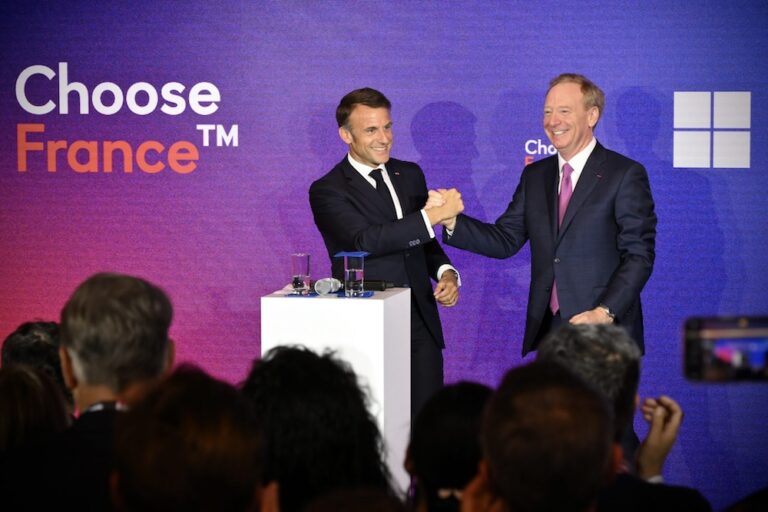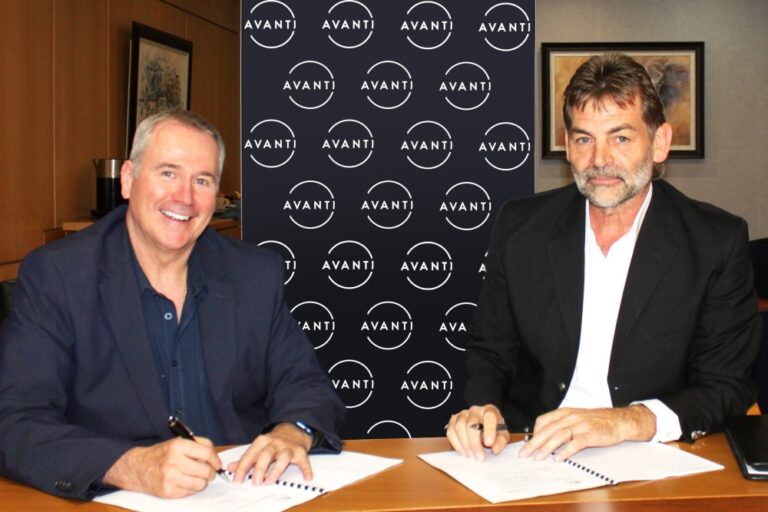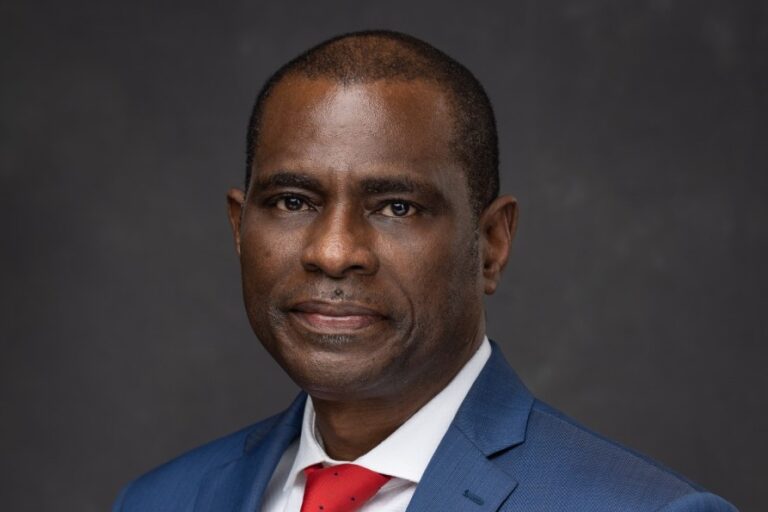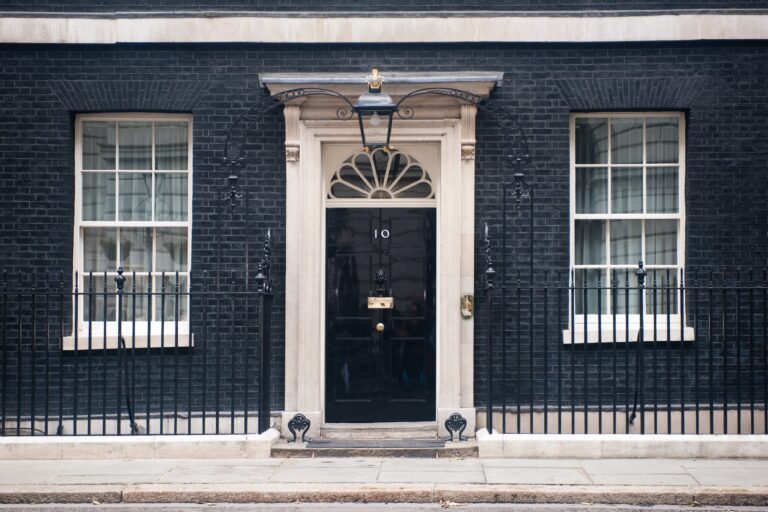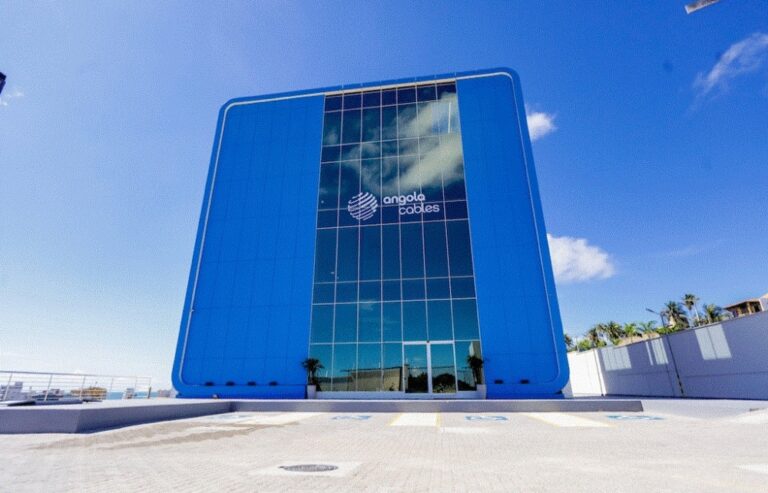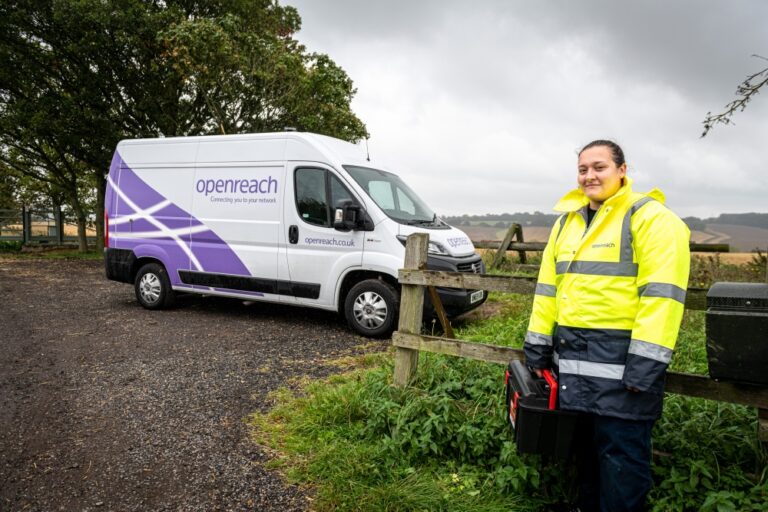Hyperscalers commit to splash the cash on cloud and AI infrastructure at the annual “Choose France” summit
Microsoft said it will invest €4 billion in cloud and AI infrastructure, AI skilling, and French tech acceleration, aiming to train one million people and support 2,500 AI startups by 2027. The announcement came as President Macron hosted business leaders for the annual “Choose France” summit at Versailles Palace.
The announcement follows the news over the weekend that Amazon would invest €1.2 billion to boost its logistics as well as AWS cloud infrastructure in France, home of AI startup Mistral AI.
The man with the biggest wallet in Microsoft, vice chair & president Brad Smith (above, right) said the investment was the company’s largest in France in Microsoft’s history.
Microsoft will invest €4bn to expand its next generation Cloud and AI infrastructure in France and bringing up to 25,000 advanced GPUs to the country by end of 2025. The company will expand its data centre footprint across existing sites in Paris and Marseille regions and will also invest in planning a new data centre campus in the Grand Est Region, in Mulhouse Alsace Agglomération. Microsoft’s Cloud and AI infrastructure in France will operate under the company’s recently published AI Access Principles.
These investments will help to meet the growing demand for efficient, scalable and sustainable AI specific compute power and the needs of private and public organisations, according to the company. Microsoft’s computational infrastructure and AI platform services will enable organisations to develop, deploy, and use proprietary and open-source AI models and applications. It will also make Microsoft’s own AI-infused services like Microsoft 365 and Microsoft Dynamics more broadly and locally accessible to French customers.
Microsoft said it would couple its capital investment by investing in renewable energy and is now pursuing its first renewable energy contracts in France. The company has executed its first PPA this month and it expects to have approximately 100MW of new renewable energy projects online in France by the end of 2024.
Training commitment
Microsoft will support skilling for 1 million people to help the country embrace the new AI era, with a specific focus on job seekers, students, SMBs and professionals. Microsoft and its partners – government institutions, training services partners, non-profit organisations, universities and higher-education organization – will launch new training programmes focused on building AI fluency for everyone, developing AI technical skills, supporting AI business transformation and “promoting safe and responsible AI development”.
The company will expand its “A Vous l’IA” initiative, launched in March 2024, and partner with France Travail to train job seekers with the skills they need to use AI technologies. The programme, accessible through the Emploi Store, will enable job seekers to learn the core concepts of artificial intelligence and generative AI functionality and how to apply it in their job search. Microsoft is also partnering with Kokoroe, a French Ed-Tech company specialized in micro-learning to build this new exclusive content, based on short and easy-to-consume modules, with no technical background required – accessible on the “A Vous l’IA” platform.
The company is partnering with higher-education organisations, such as Skema Business School, Rennes School of Business, EDHEC and Efrei, to provide students with the right skillset. To upskill AI professionals Microsoft is collaborating with its professional network of selected Training Services partners, in France – Cellenza Training, ENI, Fastlane, IB Cegos and Skillsoft Global Knowledge, to accelerate the readiness of French organisations through dedicated activations online and in Microsoft Experiences Labs in the regions.
More inclusive programmes
Microsoft is also launching a pioneering module with Simplon – plus extend joint programmes for 3 further years – aiming at training developers of all backgrounds to better use GenAI, select models and deploy them with state-of-the-art tools, ensuring proficiency across platforms. Microsoft and Simplon will first accelerate on “GenIAles”, their three-day in-person workshop aiming at supporting women’s access to digital tech job roles. They will also keep growing their network of Microsoft AI Schools by Simplon across the country, an initiative launched in 2018 to train jobseekers to become AI developers, a newly recognised job by France Competences in 2020.
Finally, Microsoft will set the pace in accelerating AI startups, aiming to engage over 2,500 startups by 2027 through its new flagship programme: Microsoft GenAI Studio. This initiative is designed with a comprehensive package of AI expertise, cloud credits, and support activities, including collaboration with customers and partners.
Microsoft GenAI Studio will first translate into a tailored 4-month programme at STATION F that will be run twice a year over three years, aiming at accelerating the adoption of AI by select French startups with technical workshops and technical, access to AI experts at Microsoft and among the programme’s partners. During the programme, the selected startups will also have access to Microsoft’s collaborative workspaces at Station F. Each batch will welcome 15 startups. The first batch will begin next September.
“This major investment demonstrates a steadfast commitment to supporting digital innovation and economic growth in France,” said Smith. “We are building state-of-the-art Cloud and AI infrastructure, training people with AI skills, and supporting French startups as they use our technology with confidence to grow in a fair and responsible way.”
Amazon to add 3,000 jobs in France
While Amazon’s announcement was more about its logistics operations the company’s investment includes increased Amazon Web Services cloud infrastructure in the Paris area to support France’s generative AI endeavours and logistics infrastructure in the Auvergne-Rhône-Alpes to increase delivery speeds and improve sustainable deliveries for customers.
The 3000-staff increase is in addition to the 2,000 new permanent jobs already announced for 2024 and takes Amazon to more than 22,000 permanent employees in its offices, across Amazon Web Services’ (AWS) infrastructure in France and in more than 35 logistics sites across the country.
The investment in AWS cloud infrastructure aims to meet the escalating demand for AWS services in France, driven by the immense potential of cloud computing and artificial intelligence (AI). According to a report by Strand Partners commissioned by AWS, the number of French companies adopting AI increased by 35% between 2022 and 2023, from 20% to 27%. If France maintains this pace of AI adoption, it could bring €99 billion in additional gross value added (GVA) to the French economy by 2030, according to the commissioned report.
“Companies across industries recognize AI’s immense benefits for unlocking growth and boosting productivity,” said VP AWS France & Southern Europe Julien Groues. “With this commitment to expand our cloud capacity, we are empowering organizations in France to fully harness the potential of transformative AI technologies to spur innovation, enhance competitiveness, and create new business value.”
This investment by AWS is part of a €6 billion, 15-year investment plan for the period 2017-2031 to develop its cloud infrastructure in France. An AWS economic impact study estimates that this investment plan will contribute €16.8 billion to France’s GDP over this period, while supporting an average of 5,271 full-time jobs annually in the local supply chain.
AWS said it also offers several education, training, and certification programmes to help people in France develop their digital skills and use cloud technologies. AWS has trained more than 900,000 people in the EU, and more than 200,000 people in France, in cloud skills since 2017, as part of its commitment to provide free cloud skills training to 29 million people by 2025.


